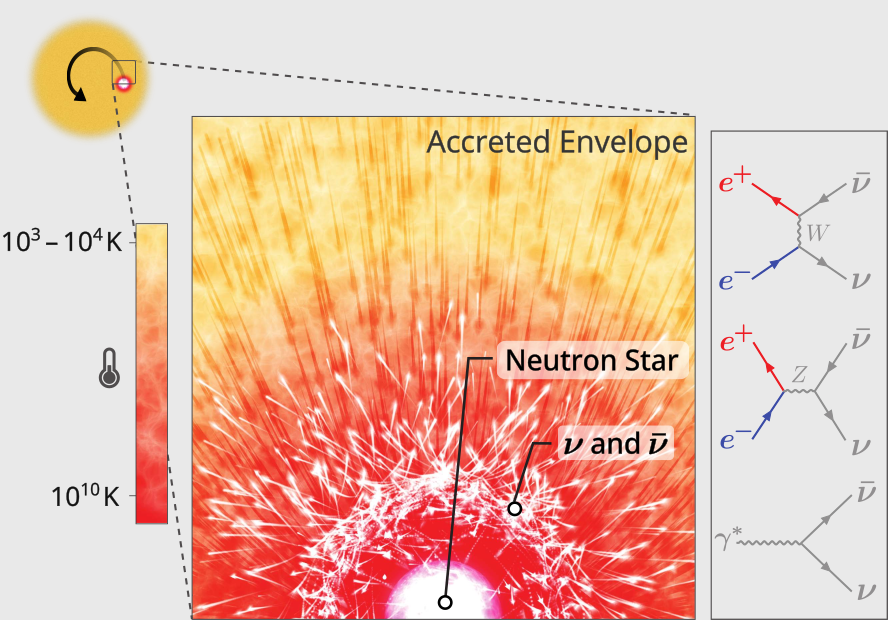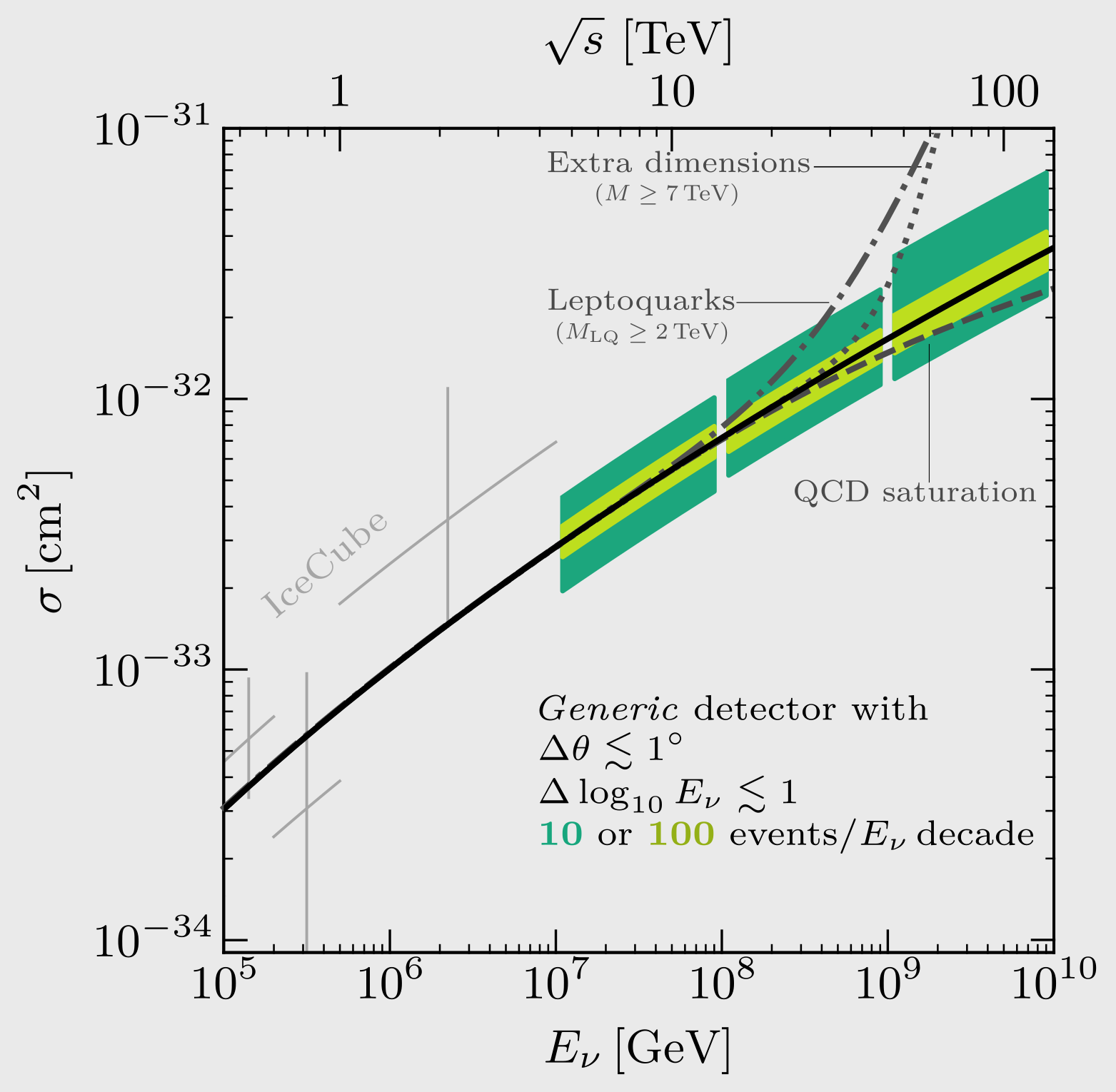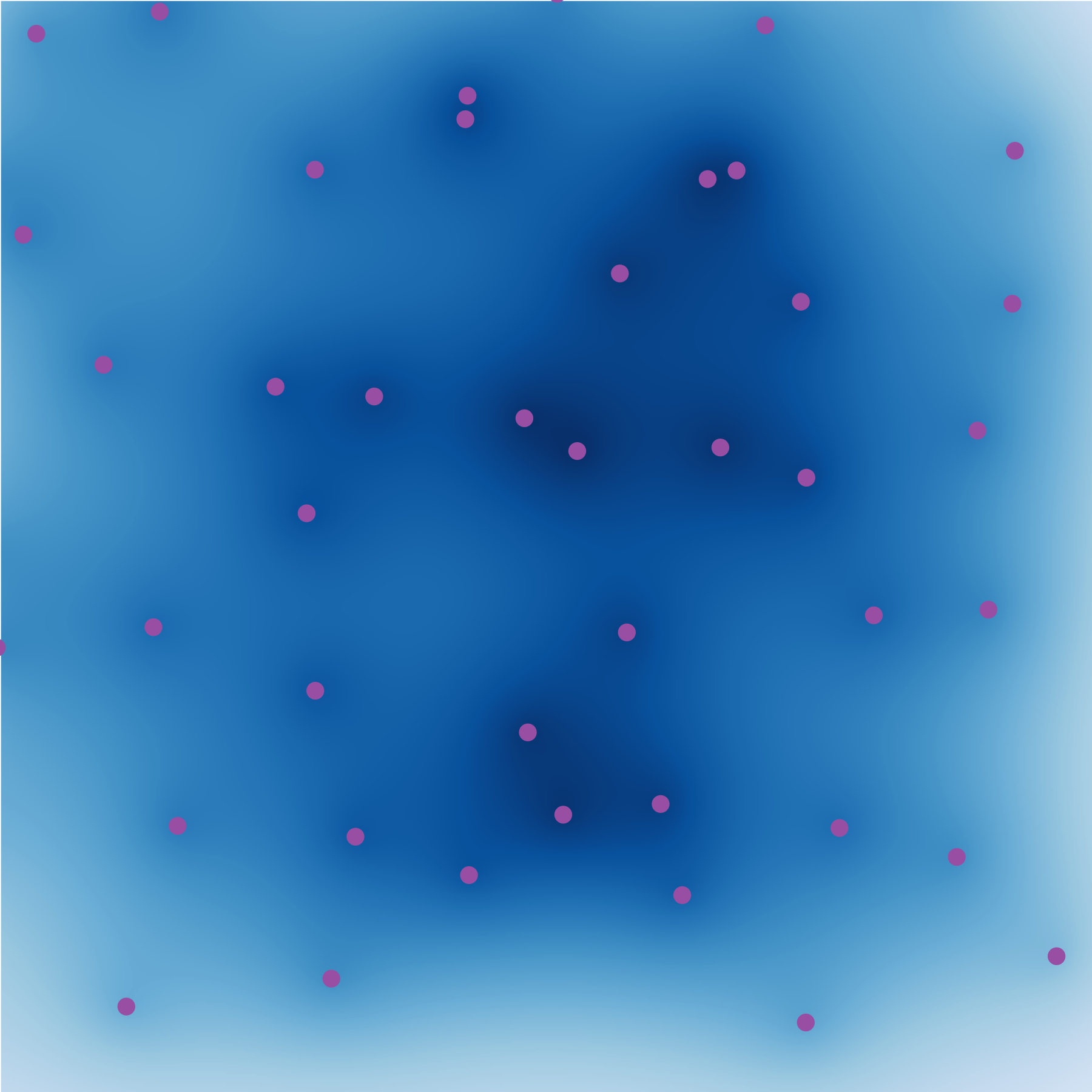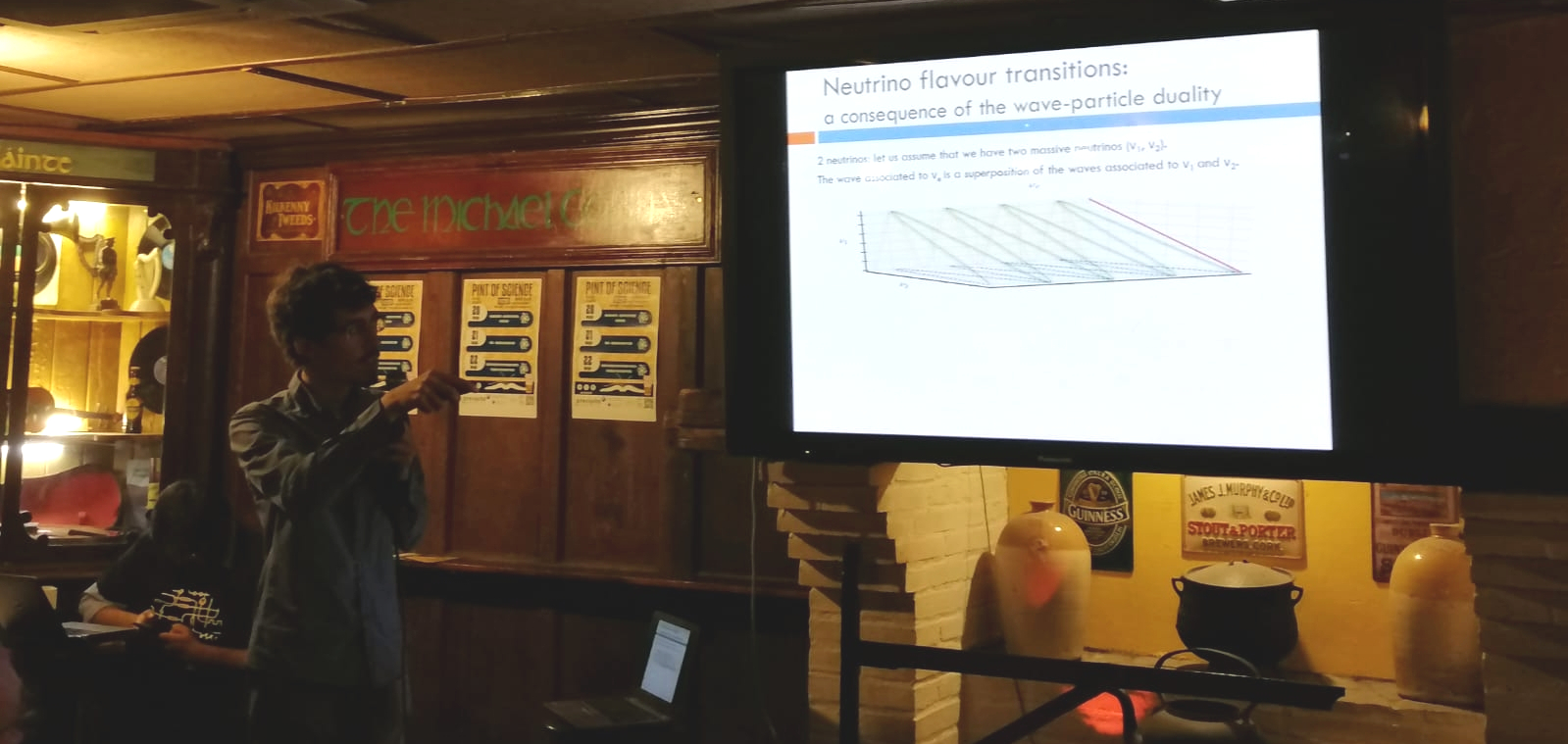About Me

I was born and raised in the beautiful city of Bilbao, Basque Country, Spain. Since I was a kid, I have been fascinated by understanding natural phenomena.
That led me to studying physics at the University of The Basque Country. I then moved to Barcelona to study a Master's in Astrophysics, Particle Physics, and Cosmology. After 4 years, I attained a PhD in particle physics (you can have a look at my dissertation in arXiv!). In my PhD, I leveraged experimental data to study if neutrinos and their antiparticles behave differently. Neutrinos are elementary particles, ubiquitous in laboratory experiments and astrophysical environments, and they permeate the Universe; yet we are beginning to fully understand their properties.
Neutrino physics links to astrophysics and cosmology. I hence became more interested in learning fundamental physics by combining astrophysics, cosmology, and laboratory observations. This is also an excellent way of learning about Dark Matter, an unknown substance that makes up 85% of the matter in the Universe. To pursue these research directions, I changed continents and moved to the Center for Cosmology and Astroparticle Physics (CCAPP), in Columbus, Ohio, where I was a postdoctoral research fellow for 3 years. After that, I moved back home, and I am currently an assistant professor at the University of The Basque Country. You can read about my recent work here, or check my CV.
My research has always lied at the intersection between theory and experiment. While my career has focused more on phenomenology, I was an undergraduate summer student in the EIC, STAR, and DESY-CMS collaborations. I regard science as a joint theoretical and experimental effort where, driven by curiosity, we gain insight about Nature.
Outside physics, I enjoy hiking (here you can see me after finishing a famous trail to Santiago de Compostela), literature (I particularly enjoy the poet Blas de Otero and the writer Anton Chekhov), and languages (se vi volas paroli Esperanton, skribu al mi!).
Research
My research focuses on pushing complementary frontiers in astrophysics, cosmology, and the laboratory to learn about the fundamental properties of neutrinos and Dark Matter. I am also very interested in understanding how robust other inferences are if non-standard properties exist.
Below, you can read a summary of some of my recent works (for more articles, you can have a look at my iNSPIRE profile).
Stellar velocities and Dark Matter properties

Dark Matter (DM) is the second most abundant component of the Universe, yet its nature remains mysterious. At large scales, it clusters as a cold, colisionless particle. But at small scales, below the size of a galaxy, the physics is uncertain.
In this work with A. Peter and S. Kim, we show that stellar velocity dispersions of dwarf galaxies are a powerful probe to determine small-scale DM properties. The idea is simple: velocity dispersions trace the central density of DM halos. It turns out that this density traces the DM halo formation time, i.e., how efficiently DM clustered in the Early Universe at small scales.
This first paper determines the primordial DM power spectrum at small scales with unprecedented precision, which can inform us on properties of DM or inflation! You can read the paper in Phys. Rev. D (we discuss further exciting uses of this technique, see the Conclusions!) or a summary in this Twitter thread.
Neutrinos from common-envelope systems

A giant star can engulf a neutron star, an interesting case of common-envelope evolution. It is key to explain many phenomena such as gravitational-wave sources, and it is believed to happen relatively frequently (0.01–1 /century in the Milky Way), but it has never been unambiguously observed.
The neutron star is expected to accrete at a high rate due to its strong gravitational field and the large ambient density. Since the early 1990s, it has been argued that this accretion can violate the Eddington limit, in which case gravitational potential energy would be released as neutrinos.
In this work with J. Beacom and J. Kopp, we showed that this neutrino flux is detectable in present and future neutrino detectors. This establishes common-envelope systems as a potential third low-energy astrophysical neutrino source, besides supernovae and the Sun. You can read the paper in Phys. Rev. Letters or a summary in this Twitter thread!
Ultra-High Energy Astrophysical Neutrinos

New laws of physics are anticipated at high energies. To explore them, huge, energetic colliders have been built. However, astrophysical environments can accelerate particles to energies billions of times larger. These Ultra-High Energy Astrophysical particles could be a novel window to explore high-energy physics.
In this work with S. Prohira and J. Beacom, we showed that Ultra-High Energy neutrino detectors can, with modest requirements, perform model-independent measurements of physics beyond collider reach. These experiments are now being planned and deployed, so it is key to understand the requirements for physics goals. You can read the paper in Phys. Rev. D or a summary in this Twitter thread!
Neutrino masses from cosmology

In the Early Universe, neutrinos constitute 40% of the total energy density. As the Universe expands, their kinetic energy drops below their mass: cosmic neutrinos are the only known abundant flux of non-relativistic neutrinos. Because of this, next-generation cosmology probes will in principle detect neutrino masses. It is pressing to understand the physics this will probe, and be ready for surprises such as a non-detection or a laboratory measurement incompatible with cosmology.
In a series of works with J. Salvado and O. Mena, we showed that the cosmological neutrino mass measurement can be largely understood as a neutrino equation of state measurement. By introducing simple long-range interactions that change it, we showed that current neutrino mass limits can be evaded. This opens the window for non-detections in the future or large mass measurements in the laboratory. Furthermore, the presence of these interactions alleviates an existing anomaly. You can read the papers in JCAP and Phys. Rev. D or a summary in these Twitter threads!
In another work, we adopted a more model-independent approach, and we showed that the current cosmological neutrino-mass bound is mostly sensitive to the background properties of neutrinos (i.e., how their energy dilutes as the Universe expands), whereas the sensitivity to kinematic properties (i.e., if neutrinos travel at the speed or light or not) is much more poor. You can read the paper in arXiv and a summary in this Twitter thread!
Outreach

I consider outreach not only a duty towards the society that funds our research, but also one of the greatest aspects of being a researcher. It is also an excellent way to truly understand the core scientific concepts.
I have taken part in several events, such as Pint of Science or the European Researchers Night. If you can read Basque, here is an outreach article where I explain my PhD thesis; and if you understand Spanish, here is a radio interview on astrophysical neutrinos and IceCube.
Contact
Feel free to drop me an email!
ivan.esteban [at] ehu [dot] eus








